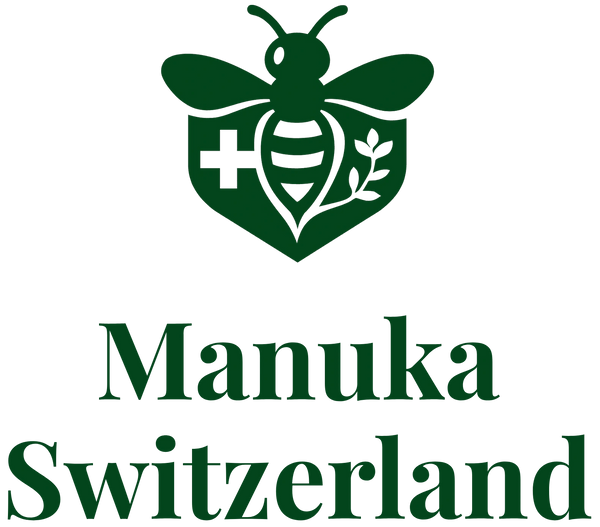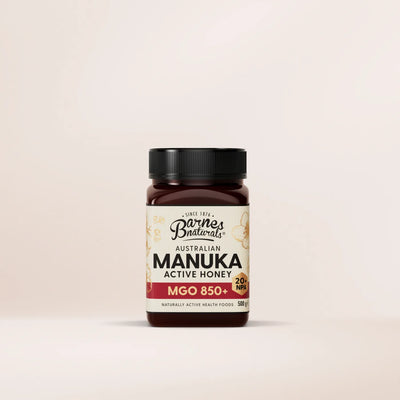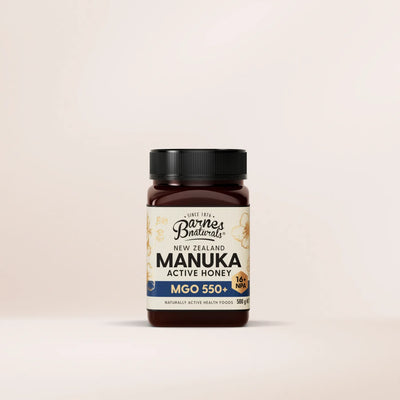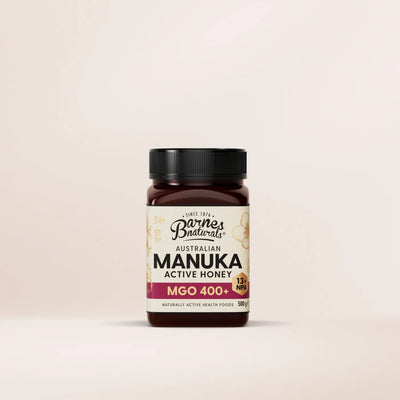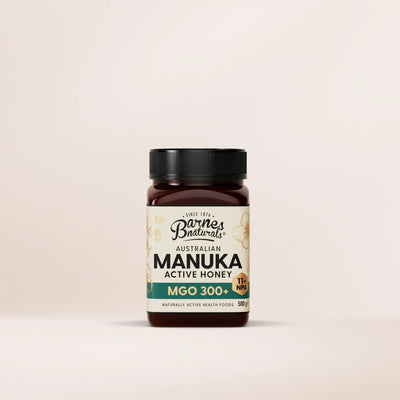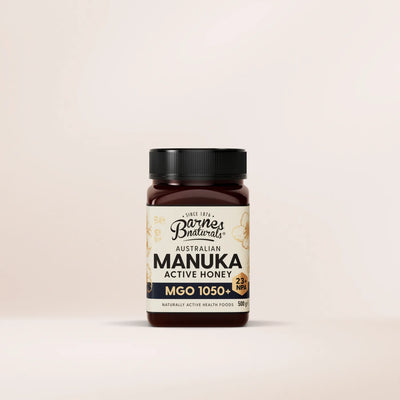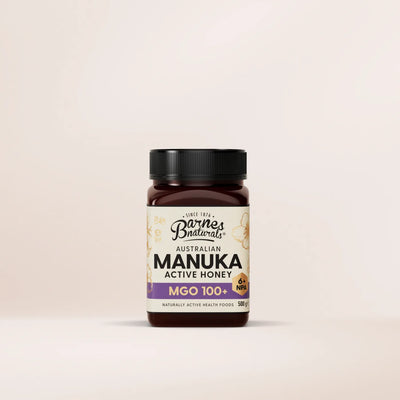
What does MGO mean and how much should I look for?
Share
MGO in Manuka Honey: What It Is, Why It Matters, and How to Choose Wisely
Manuka honey stands apart from other honeys thanks to a naturally occurring compound called methylglyoxal (MGO).
MGO is the key ingredient behind Manuka honey’s unique antibacterial powers and wellness benefits.
But what exactly is MGO, how do different levels affect honey’s strength, and why is it important to buy honey that guarantees its MGO content?
Let’s explore the science and practical tips so you can shop with confidence.
What is MGO in Manuka Honey?
Methylglyoxal (MGO) is a natural chemical found in the nectar of the Manuka flower, Leptospermum scoparium, which bees collect to make this special honey.
It is the main factor responsible for Manuka honey’s antibacterial activity, which is its ability to stop the growth of certain bacteria. Without sufficient MGO, honey lacks these strong medicinal qualities.
MGO levels are measured in milligrams per kilogram (mg/kg) of honey. For example, MGO 300+ means there are at least 300 mg of methylglyoxal per kg of honey.
The higher the MGO number, the stronger the antibacterial potency and potential health benefits.
What Do Different MGO Levels Mean
MGO content varies naturally due to factors like location, weather, and season. Generally, Manuka honey is graded by its MGO strength, each suited to different uses:
| MGO Level | Strength | Typical uses |
| 100 to 250+ | Light | Antibacterial support, wellness and mild flavor. |
| 400 to 550+ | Moderate | Immune support from common colds and flus, and digestive health. Aids in skincare routines and assists elasticity and youthful appearance. |
| 600+ to 850+ | Strong | Antibacterial activity. Higher potency is suitable for dry and sensitive skin. Medical-grade honey is also ideal for wound care. |
| 1000+ | High | Targeted medicinal benefits and uses. Also great for very dry skin conditions. |
Overall, higher MGO levels mean more potent antibacterial effects, as well as higher concentrations of other beneficial compounds like leptosperin.
But lower MGO honeys have their place too, especially for regular enjoyment with gentle benefits.
Why is MGO Potency Important When Comparing Honeys?
Many honeys are labelled Manuka but may have little or no MGO, meaning they can lack the authentic benefits people seek.
Some brands use unclear or misleading terms, so comparing based on MGO is one of the best ways to judge the real Manuka honey’s strength.
Buying honey with a guaranteed MGO level:
- Assures you get genuine Manuka honey with proven antibacterial properties.
- Helps you select the right honey strength for your needs.
- Supports trust and transparency in sourcing and quality.
Look for products tested by independent labs and certified by recognised associations like the Australian Manuka Honey Association (AMHA).
Tips to Avoid Low-Quality or Mislabelled Manuka Honey
- Check for a clear MGO number: Avoid vague terms like “Manuka blend” or “Manuka-flavored.”
- Seek certified brands: Trusted producers display certificates or seals verifying MGO content.
-
Beware of unusually low prices: Genuine Manuka honey with high MGO is rare and premium; very cheap honey may lack potency or authenticity.
-
Research your seller: Choose brands known for transparency, testing, and quality commitment.
- Verify packaging info: Look for batch numbers, expiry dates, and MGO levels clearly printed.
Buying high MGO+ guarantees better outcomes
MGO is the key marker that makes Manuka honey so unique and prized.
Understanding its significance helps you make wise choices, ensuring every spoonful delivers genuine wellness benefits.
When you shop for Manuka honey, look for products with certified MGO levels and buy from trusted brands to enjoy the true power of this special honey.
